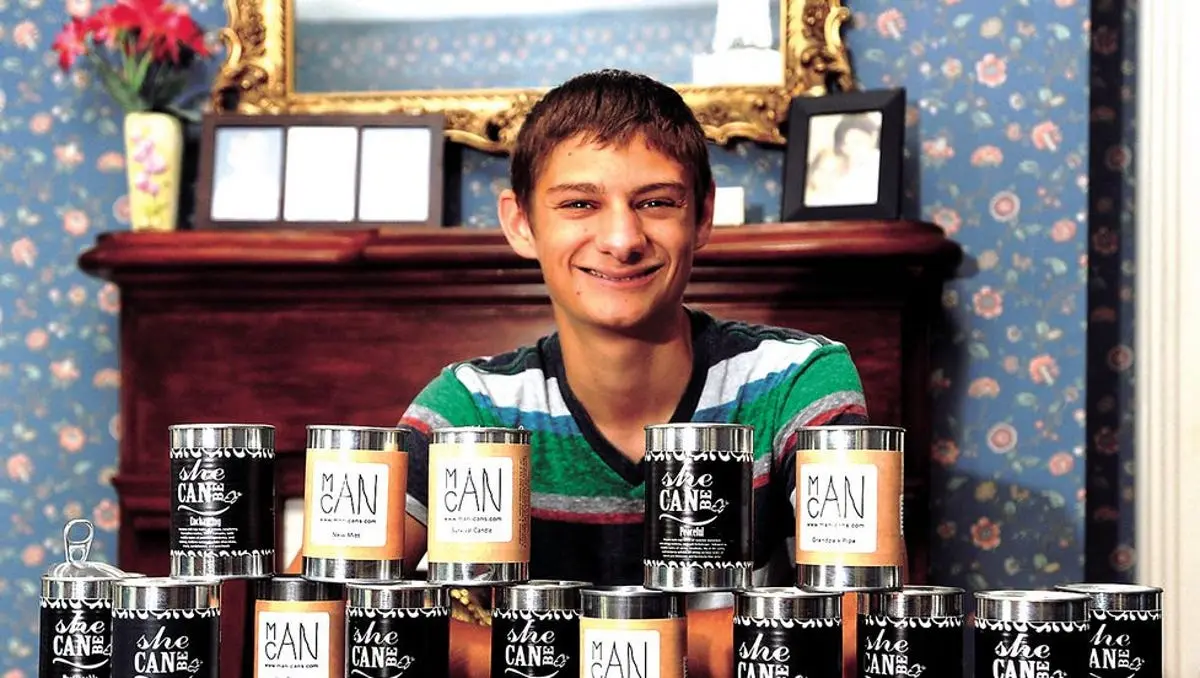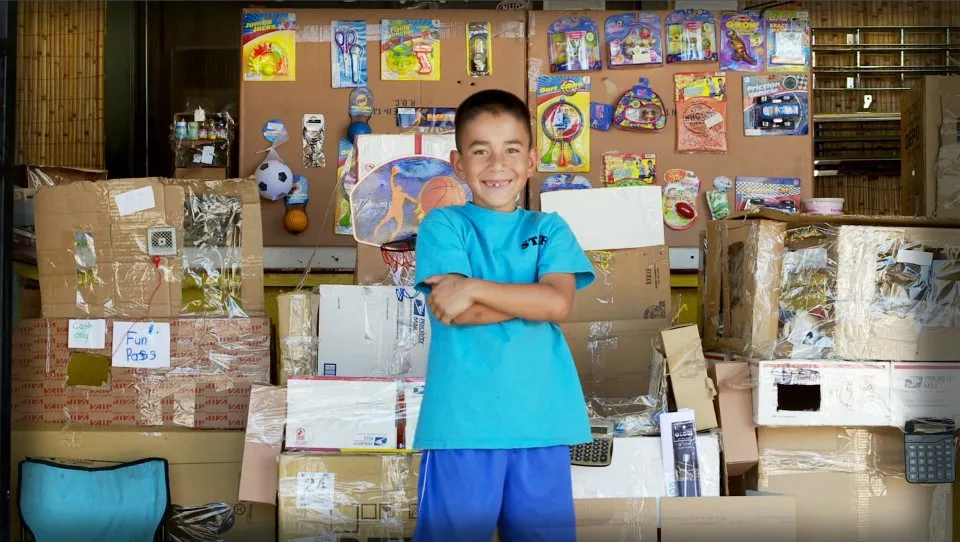We’ve read plenty of 30 under 30 lists that celebrate entrepreneurs under a certain age for making a difference in the industry. The advent of technology has empowered the youth to gain more knowledge at a younger age. Although plenty of entrepreneurs in their late twenties are still making waves in the business world, today’s teens and kids are giving the adults a run for their money.
Age is just a number, especially in business. Many of today’s young entrepreneurs don’t have driver’s licenses or high school diplomas yet, but their business ideas are already fueling the future.
Get to know these young entrepreneurs who are running the businesses of tomorrow.
Hart Main
Hart Main was only 13 years old when he teased his sister about the “girly” scent of the candles she sold for a school fundraiser. This teasing gave him the idea of scented candles for men. The idea turned into a reality when he wanted to buy a bike that cost $1,500.
Together with his parents, Hart pooled his resources and made candles, giving them a witty name — “ManCan.” Working with a simple yet masculine theme, his ManCan candles were made using soup cans and were available in different “manly” scents: Grandpa’s Pipe, Fresh Cut Grass, Sawdust, Bacon and Campfire.
Today, Hart’s business has sales that exceed six figures annually and you can find his candles in every state. To give back to his community, he donates a part of the sales to kitchens in Michigan, West Virginia, Pennsylvania and Ohio.
Willow Tufano
A recession hitting Florida gave one teenager the bright idea to start a business. When the recession caused houses to be sold at auctions for $12,000, Willow Tufano, who was just 14 at that time, took the opportunity to buy a home. Having a real estate agent for a mother (who supported her daughter’s decision to buy a house at a young age), Tufano knew a thing or two about real estate. She previously earned money by selling leftover property and clearing abandoned homes.
With her mother, she bought a house for $12,000, renovated it and rented it out for $700 a month. She did all of that at fourteen.
Caine Monroy
At nine years old, Caine Monroy thought his father’s East LA auto parts store had too many boxes. So he used these boxes to launch his makeshift cardboard arcade. The arcade’s sole customer, who doted on the child’s ability to make something out of nothing, generated buzz around the arcade to help Monroy raise funds for college. He posted a video on social media, which gave Caine’s Arcade the attention it needed to become a business.
The movement led many customers to the makeshift arcade, with patrons waiting for more than four hours to enter the arcade. Caine’s Arcade earned Monroy a scholarship fund worth $200,000. The arcade also led to the creation of the Imagination Foundation, a non-profit organization that encouraged entrepreneurship and creativity among children.
Ashley Qualls
Ashley Qualls started with eight dollars and ended up earning $70,000 per month. How did she earn this? Where did she get this amount? MySpace.
During the heyday of MySpace, people loved Qualls’ MySpace page designs. She posted her designs online for people to buy. This small business led to her earning $70,000 per month and her page had seven million visitors monthly. Qualls made so much money, she dropped out of school to spend more time with her business. Another business offered to buy her designs but she turned it down.
Charlotte Fortin
Young high school graduate Charlotte Fortin became an entrepreneur at a young age. She followed in her dad’s and grandfather’s footsteps when she opened her business, Wound Up. Inspired by the eclectic boutiques she visited in California, she opened a women’s clothing store that made designs for women of all ages.
Wound Up’s merchandise includes dresses, skirts, shorts and blouses for women aged 18 to 40. According to Fortin, her business pushed her to become a more conscious and responsible person.
Garret Gee
Garett Gee is a story of luck. He found a business opportunity before the release of the iPad 2. Gee was just a university student when he guessed that once the iPad 2 was released, there would be a blog post that would list the top apps for the second version of the iPad. He recognized the need for less clunky and easy-to-use QR code software and apps.
In 2011, he launched Scan with two of his classmates. Despite being rejected by Shark Tank venture capitalists, his project secured $7 million financing from Entrée. He eventually sold Scan to Snapchat for $54 million.
Adults beware; the kids are out to dominate the business scene. These kids prove that age is just a number and that the best minds are often the youngest ones.
